Composting, it's a simple yet powerful process that can transform your garden while reducing your environmental footprint.
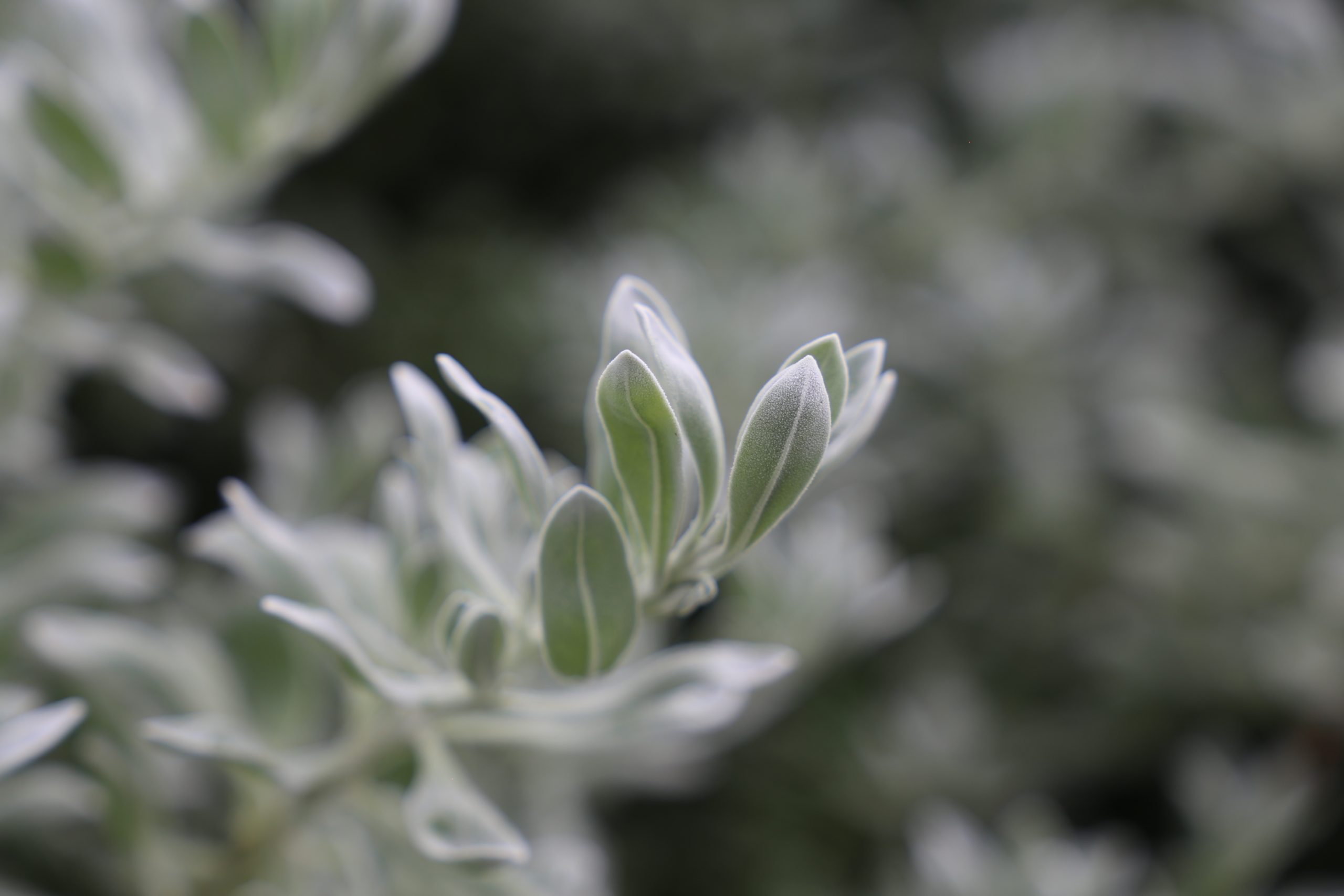
Fight Roadside Pollution with Plants
Improving air quality in our traffic dense cities is an important issue with many companies and government bodies searching for affordable and effective solutions. However recent research from the UK suggests that one solution has been under our noses all along: plants.
Roadside pollution consists of vehicle exhaust (particulate matter plus harmful gases), dust and other small particles from tyres, brakes etc. The use of roadside plantings to improve air quality is not a new idea but there’s increasing evidence that some plants are better than others such as hedges are more effective than trees1.
Researchers at the Royal Horticultural Society have now tested different leaf structures as well as growth habits to determine which were most the effective. Data was captured during 2016 and 2019 using seven different plant species across multiple urban locations.
They then analysed the level of particulates trapped on the leaf surface and the heavy metals absorbed into the leaves2.
The Results?
Plants with dense foliage and rough or hairy foliage were the most effective especially in areas with the heaviest levels of pollution2. The standout winner was Cotoneaster franchetii which was shown to be 20% more efficient at trapping vehicle emissions than other plants in the study2. Quite an astounding difference simply due to having hairy leaves and dense foliage.
Now in Australia Cotoneaster franchetii is probably not the best thing to mass plant thanks to its high berry count and weed status in some regions.
However the following plants from the Ozbreed range exhibit the same traits of dense foliage combined with hairy and/or relatively rough leaves making them excellent choices for roadside plantings:
‘Blue Horizon’ Eremophila
Is a stunning groundcover with grey foliage and yellow flowers in winter. Grows 25cm high and 1m wide. Handles full sun and is drought tolerant once established. Best for the drier southern half of the country.
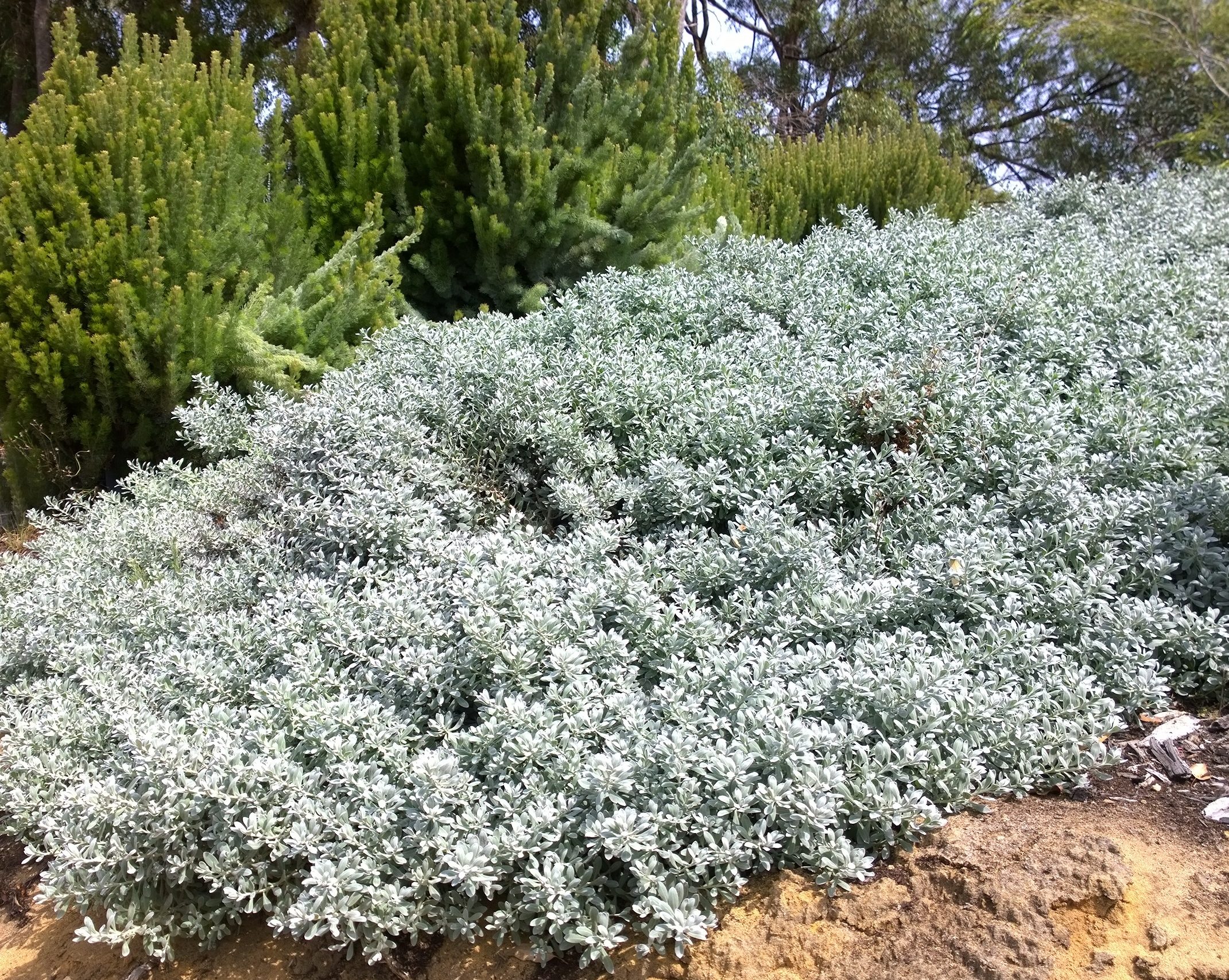

‘Better John’ Callistemon
This Callistemon is an attractive shrub reaching 1.2m high and 90cm wide with masses of red bottlebrush flowers in spring and softy silvery new foliage. Grows well nationwide except in the wet tropics. Drought and cold hardy.
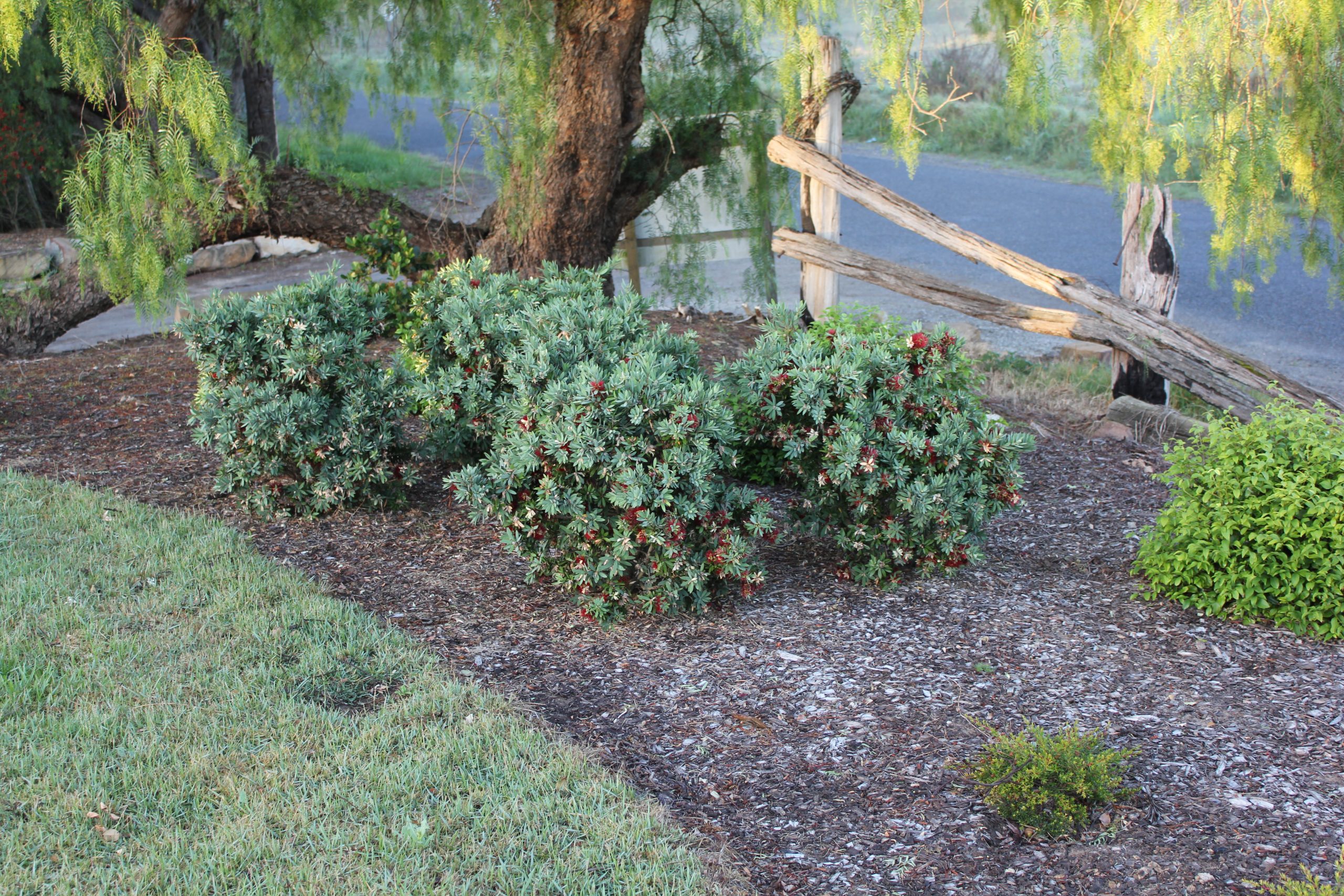
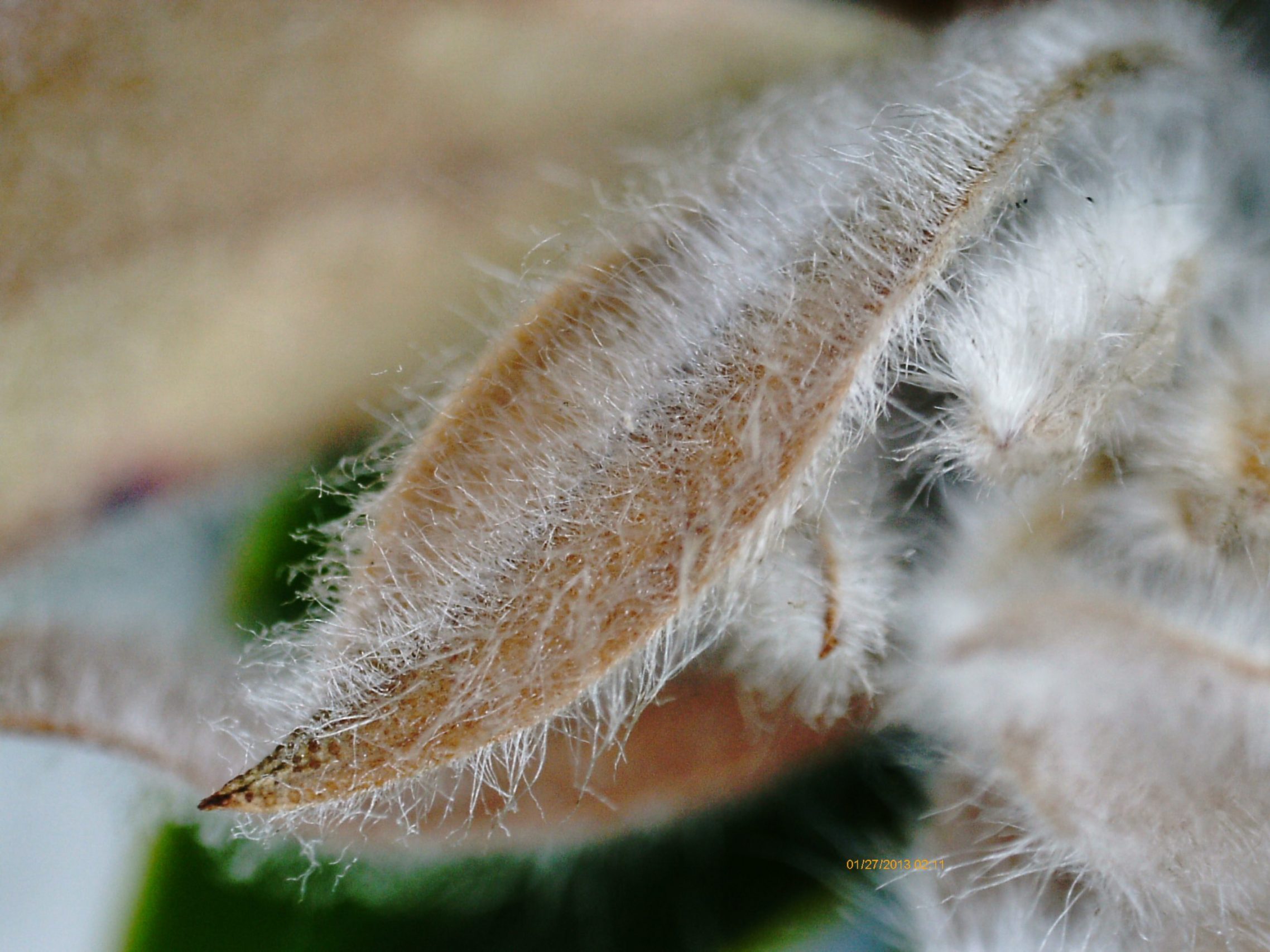
‘Blue Gem’ Westringia
The ‘Blue Gem’ Westringia bears masses of vivid blueish-purple flowers in spring that outshine regular westringia flowers. Will also flower reliably at other times of the year. Grows 1.5m high and 1.3m wide and will thrive in tough locations provided it has good drainage.
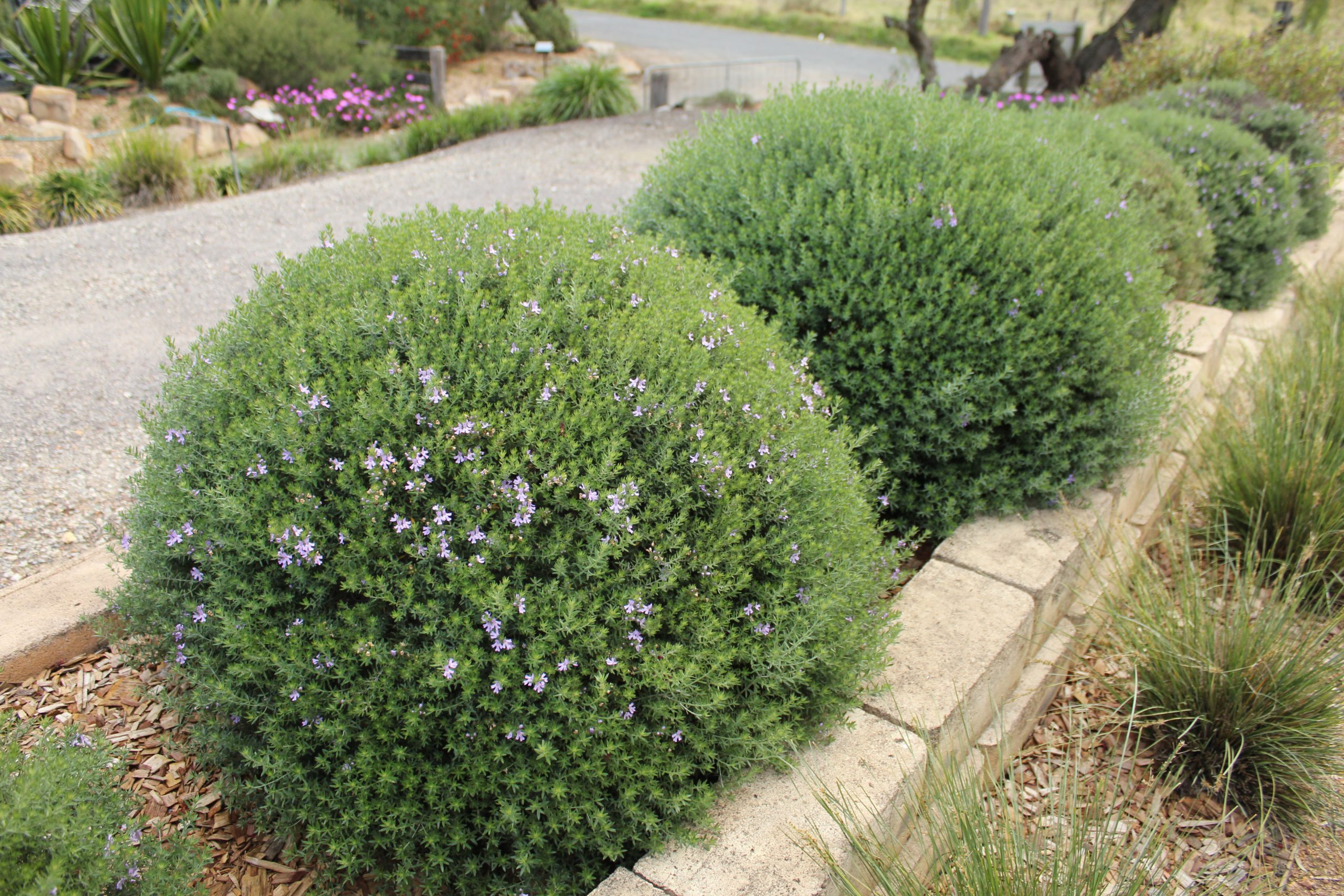
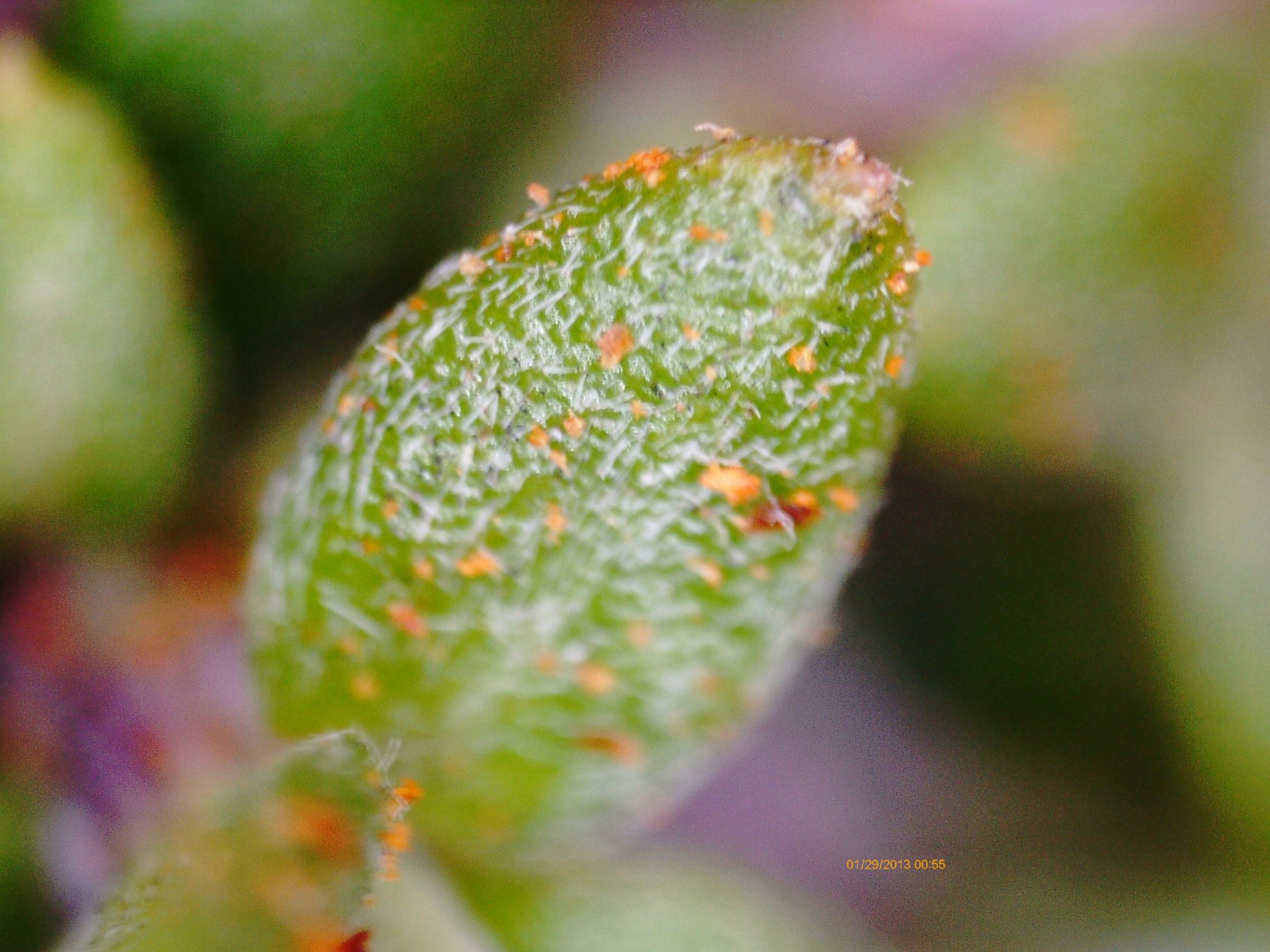
‘Yalba’ Imperata
The ‘Yalba’ Imperata is a beautiful dense growing grass with reddish foliage in winter and stunning white plumes lasting from April to August.
Idea for mass planting as it spreads readily to outcompete weeds but does need to be contained by a concrete border. Grows 40cm high and 1m wide. Tolerates frost, drought and humidity so very versatile. Slash once a year in late summer to achieve maximum floral impact.
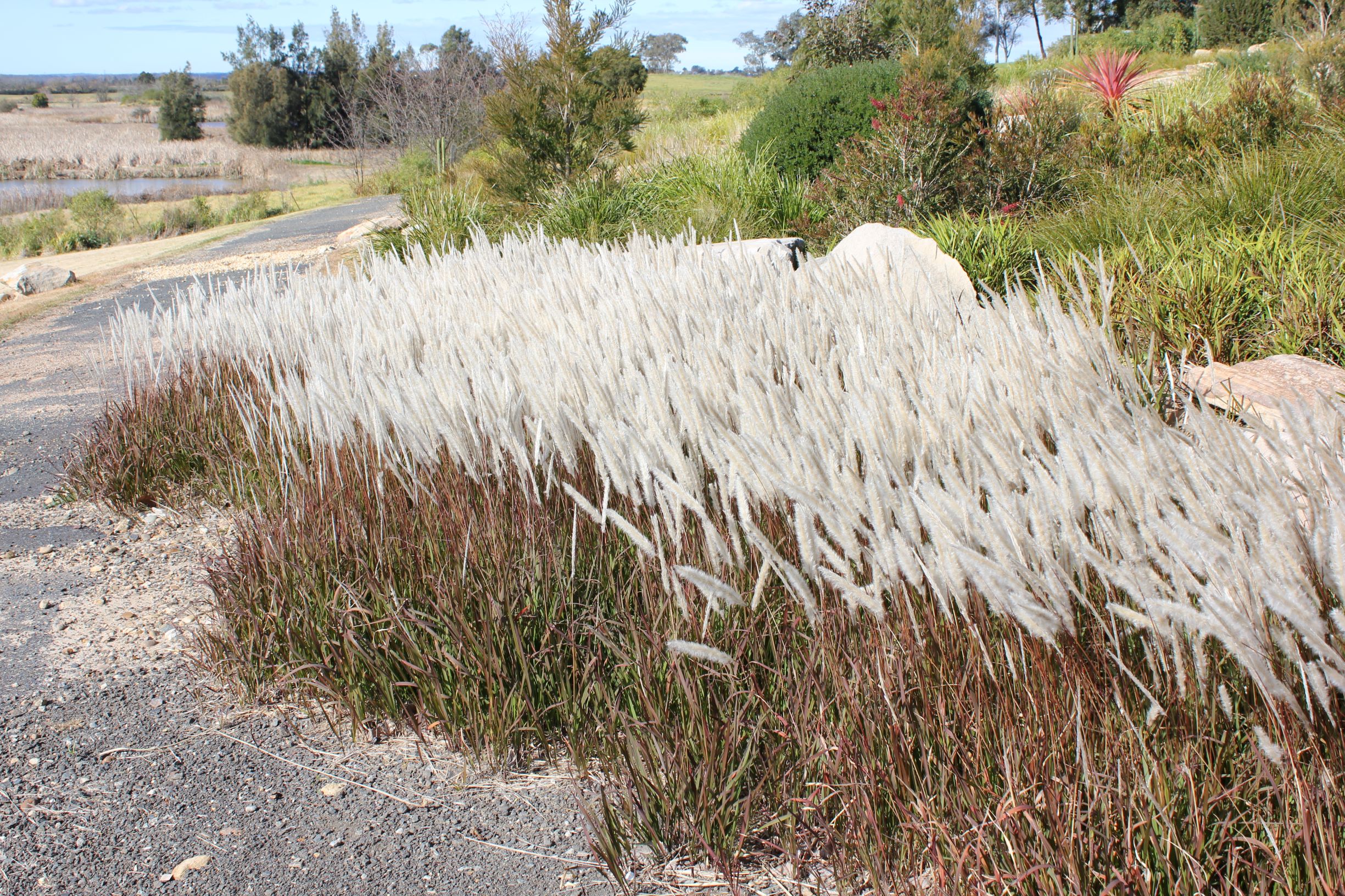

In addition we recommend any of our Lomandras and Dianellas which have relatively rough upright foliage to also capture particulate matter. We suspect these pollutants will be washed into the centre of the plant when it rains and be captured in the soil. This however requires further research to confirm our thoughts.
Reference:
- University of Surrey. “Plant hedges to combat near-road pollution exposure.” ScienceDaily. 4 January 2019.
- Blanuša T., Jabeen Qadir Z., Kaur A., Hadley J. and Gush M. “Evaluating the Effectiveness of Urban Hedges as Air Pollution Barriers: Importance of Sampling Method, Species Characteristics and Site Location”. Environments. 2020, 7(10), 81.




This Post Has 0 Comments